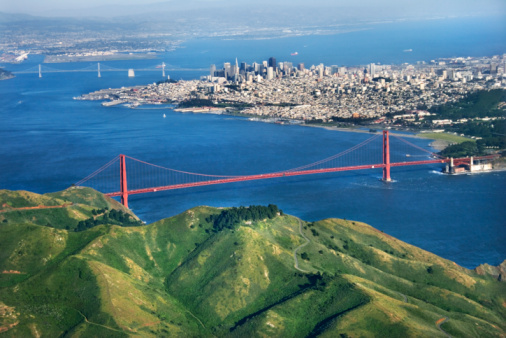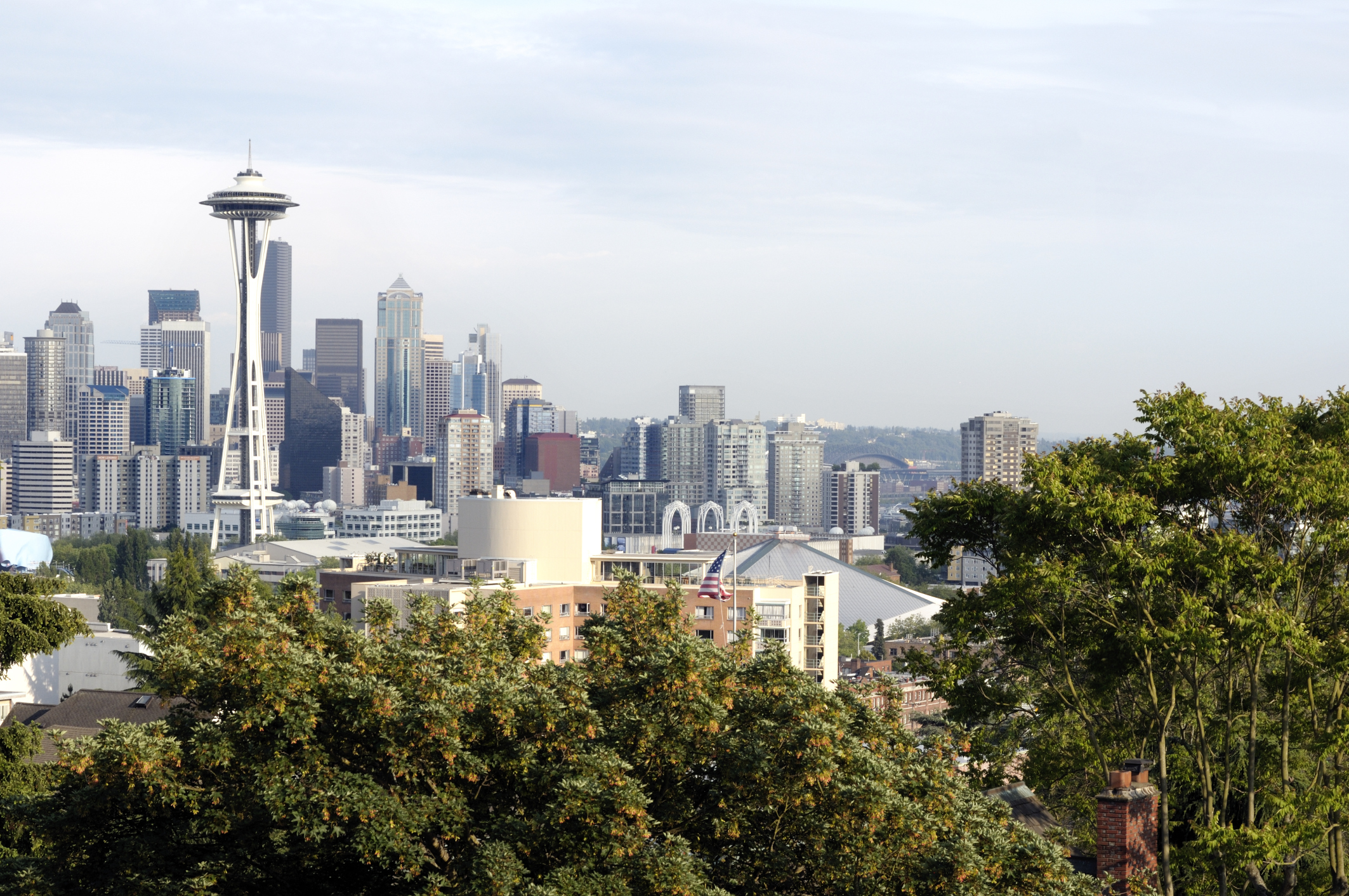A city is essentially a network of complex, interacting human systems. It is possible to place the human systems most affected by climate change into four categories: utilities and infrastructure, services, industry, and social systems. Let us take a look at each of these systems.

Utilities and Infrastructure
Utilities and infrastructure are fundamental to the functioning of any city. Health and quality of life depend on a safe, reliable water supply and on sanitation via sewers and storm drainage systems. Projected increases in severe storms, floods, and droughts will place considerable stress on these systems and often compromise them. Also basic to any modern city are transport, power, and telecommunication systems. Climate and weather have a major impact on these networks, so any change in climate will undoubtedly affect them, both positively and negatively. For instance, decreases in snow and ice will ease winter travel in heavily traveled midlatitude transportation networks, but increases in the length and intensity of the severe storm season will adversely influence summer travel. As discussed in the coastal impact lesson, the impact of rising sea level on coastal infrastructure is expected to be devastating without major investment in adaptation.

Services
Services dominate the economies of most cities and include trade and finance, retail and commerce, tourism and hospitality, and insurance. Services need reliable utilities and infrastructure to function –– to get employees to and from work, to provide them with water, food, and sanitation on the job, to supply the energy needed to power their electronic and other tools, and to maintain telecommunication networks. As noted above, climate change will either help or harm utilities and infrastructure by decreasing or increasing disruptions and therefore indirectly help or harm services dependent on them. It is also easy to see how climate change will directly affect such services as tourism and insurance, either affecting them positively or negatively depending on the nature and timing of climate impacts on any particular place.
